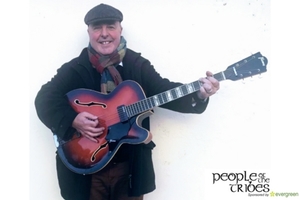Search Results for 'Galway Town'
10 results found.
‘Outside the City’ released online

The Tuam artist’s summer 2024 release, ‘Over Galway Town’ was a massive online hit, surpassing 3.7 million streams, including 2.5 million on Spotify.
Local talent covers Christmas classic Fairytale of New York
Local Galway busker Jamie McIntyre has collaborated with Tipperary native Dàwna on their take of the Christmas classic, Fairytale of New York.
Galway in song
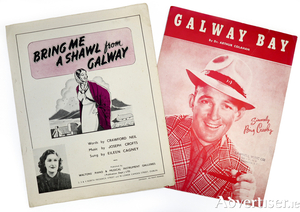
Our first illustration today is of the cover of the sheet music for the song ‘Galway Bay’ as sung by Bing Crosby. It was written by Dr Arthur Colohan, apparently in memory of his brother who was drowned somewhere near Seapoint. I have also been told that it got its first airing in the hotel at the top of Prospect Hill. It seems Colohan, a medical student, was in there with a group of his fellow undergraduates when he told them he had written a song and sat down at the piano to play and sing it for them. The legend is that they fell all over the place laughing. He of course had the last laugh as his song became one of the world’s best sellers, topping the charts in Britain in1950.
Galwegians RFC, one hundred years
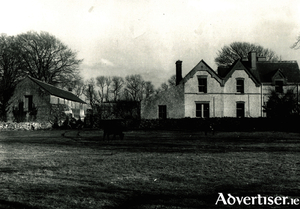
It is fairly certain that rugby football was being played in Galway before the formation of the IRFU, but the lack of surviving minutes of meetings or records makes it difficult to pinpoint the actual beginnings of some clubs. We know that in 1886 there were four clubs in existence, Queen’s College (now UG), The Grammar School, Galway Town, and Old Galwegians. These latter two clubs amalgamated in the 1909/10 season and called themselves Galway Town. They were a successful club. World War I and its aftermath ruled out competitive rugby but in the resumption, in 1921/22 they again won the senior cup and then, for some reason, decided to change the name again, this time to Galwegians RFC.
A fair day in Eyre Square, c1885
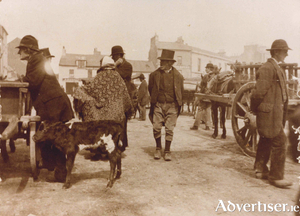
Two hundred years ago, cattle fairs were held regularly at Fairhill in the Claddagh, then later in the century they moved over to Eyre Square where they often spilled over into adjoining streets like Williamsgate Street and Forster Street. They took place in the Square for a long time until they were moved to the Fairgreen.
New fire station for Athenry announced as 'a priority' by Minister
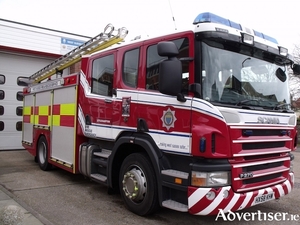
Construction of a new fire station in Athenry is now a priority project for the Galway County Council, as acquisition of a site is almost complete and a design team is to be appointed to take the project through the planning process and construction.
Galway’s first Christmas single will add a little musical magic
Many of Galway's landmark features, from the GBC Restaurant to the bells of St Nicholas' Church, will form the backdrop for "Old Galway Town", a new Christmas single to be released tomorrow.
The Collegiate Church
The Collegiate Church of St Nicholas of Myra is the largest medieval parish church in Ireland and its history is a kind of microcosm of the history of Galway. The earliest part of the present church dates from the beginning of the 14th century and includes the chancel with its three windows in the south wall. However it is possible that there was an earlier structure on the site. There is a legend that a man from the Aran Islands who died in 1580 aged 220 years could remember a time when the church did not exist but that just sounds a likely story. The records that exist suggest that the church was founded in or about the year 1320.
Public lecture on Galway city and the 1916 Rising
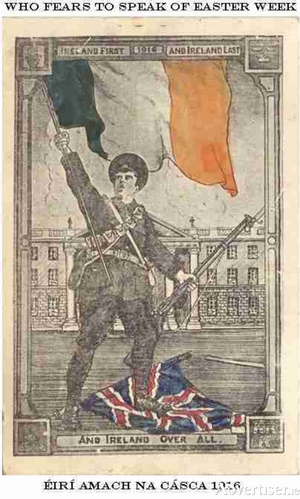
OUTSIDE OF Dublin, Galway saw the most significant action of the 1916 Rising, but this took place in the county. Galway city by contrast was hostile to the rebellion and firmly supported the British.
